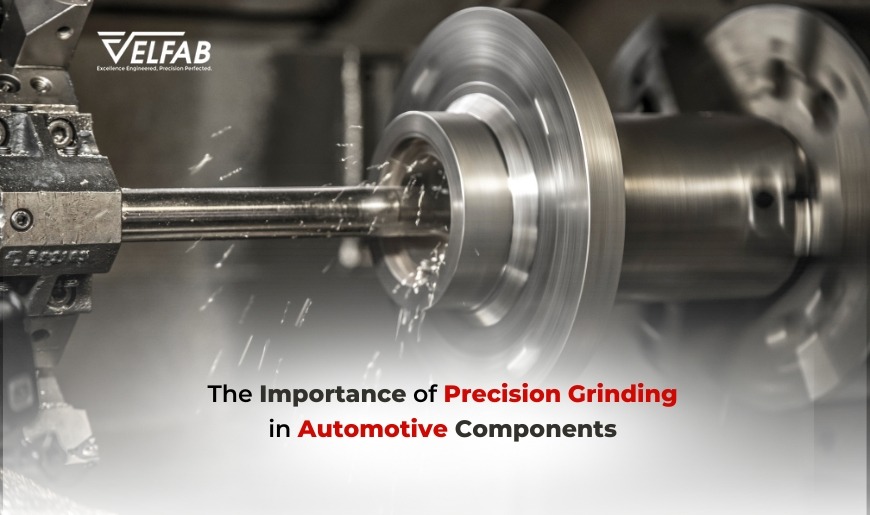The Importance of Precision Grinding in Automotive Components

In the realm of automotive manufacturing, achieving unparalleled precision and performance is paramount. One critical process that ensures these standards is precision grinding. This meticulous machining technique is instrumental in producing automotive components that meet exacting specifications, thereby enhancing vehicle reliability and efficiency.
Understanding Precision Grinding
Precision grinding is a machining process that involves the removal of material from a workpiece using abrasive tools to achieve tight tolerances and superior surface finishes. This process is essential for components that require high dimensional accuracy and smooth surfaces, characteristics vital in the automotive industry.
The Role of Precision Grinding in Automotive Components
Automotive components such as engine parts, transmission gears, and braking systems demand exceptional precision to function correctly. Precision grinding ensures that these parts meet stringent specifications, contributing to overall vehicle safety and performance.
- Engine Components: Parts like camshafts and crankshafts require precise dimensions to ensure optimal engine performance. Surface grinding achieves the necessary tolerances and surface finishes, reducing friction and wear.
- Transmission Gears: Accurately ground gears ensure smooth power transmission and reduce noise, enhancing the driving experience.
- Brake System Parts: Components such as brake rotors and drums must be precisely machined to ensure effective braking performance and safety.
Advantages of Precision Grinding in Automotive Manufacturing
Implementing fine grinding in the production of automotive components offers several significant benefits:
- Enhanced Performance: Precisely ground components operate more efficiently, contributing to improved vehicle performance.
- Increased Durability: Accurate machining reduces wear and tear, extending the lifespan of automotive parts.
- Cost Efficiency: By minimizing material waste and reducing the need for frequent replacements, surface grinding contributes to cost savings in the long run.
Precision Grinding Techniques Utilized
Several precision grinding techniques are employed in automotive manufacturing to achieve the desired component specifications:
- Cylindrical Grinding: This technique is used to shape the external surface of cylindrical workpieces, such as shafts and rods, ensuring they meet precise dimensions and surface finishes.
- Honing: Honing is an abrasive process that improves the geometric form of a surface, commonly used for finishing cylinders in engines to achieve a precise surface.
Integration with CNC Technology
The integration of Computer Numerical Control (CNC) technology with Surface grinding has revolutionized automotive manufacturing. CNC systems provide automated control, enhancing the accuracy and repeatability of grinding processes. This integration allows for the efficient production of complex components with minimal human intervention, reducing the likelihood of errors and increasing production speed.
Conclusion
Precision grinding stands as a cornerstone in the manufacturing of automotive components, ensuring that each part meets the high standards required for modern vehicles. By delivering components with exceptional accuracy and surface finish, grinding contributes significantly to vehicle performance, safety, and longevity. As automotive technology continues to advance, the importance of Surface grinding in producing high-quality components will only become more pronounced.
Drive innovation in your automotive manufacturing. Let precision grinding make the difference—connect with us now!

